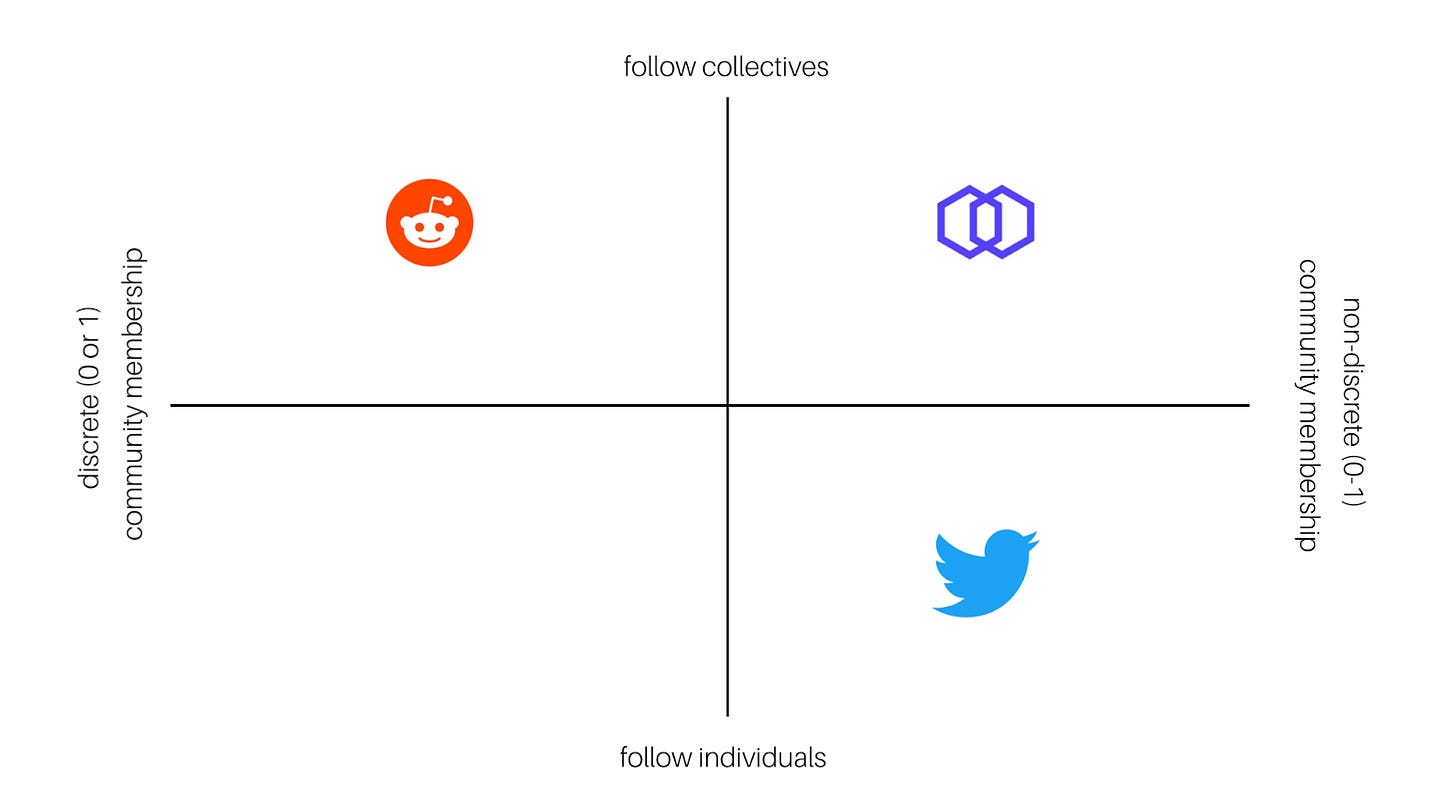Introducing Interests
Starting today, you can save community lists to your Interests on hive.one.
We are going to be adding dozens of new communities to hive.one over the next weeks. You can explore them here.
We know that adding so many communities will make the site difficult to navigate. For this reason, we created a new feature. You can now customize your website experience by saving communities to Interests. It works just like bookmarking.
How it Works
Saving a list to Interest will result in it appearing in the left sidebar so that you always have it on hand. But it's more than that.
We will build features and core functionalities of the website around your Interests. For example, when you navigate to someone's profile, what content you see will increasingly depend on the Interests you choose.
Other features, such as Follow Digest or – in the future – content Feed, will also be defined by these settings.
Prioritization
We will use the information about your Interests in one more way: to prioritize which communities we map next.
We estimate that Twitter houses at least several hundreds of thousands of communities. We intend to map them all, but at the current speed of couple dozen per month, it would take more than 1000 years! We are working on dramatically speeding up this process. In the meantime, we need to choose how to allocate our resources carefully. By selecting your Interests, you are telling us where they should go.
Transparency
Your selected Interests are public, the same way as which accounts you follow on Twitter is public. Interests being public means that they will show up on your profile. Your profile will also show up on the page of the community you picked.
There are two main reasons for that.
First, this enables second-order curation. You can see an example of that on Twitter. Twitter would be a much different platform if you could not see who other users follow. Not only can you curate your list, but you can improve that curation by observing what others are curating for themselves.
Second, it enables other developers to build on this graph. Our project could not exist if Twitter did not keep Follows public. Twitter's approach stands in stark contrast to YouTube's or Reddit's. YouTube and Reddit make parts of their graph data secret. We believe that Twitter is the gold standard that other platforms should follow.
If our graph becomes popular, we will make it available via an API so that others can build on it, too, even if this means competing with hive.one. After all, we named it "hive.one" to indicate that it is only the first of many.
Interest vs. Follow Graph
You can think of this graph as the next abstraction layer on top of Twitter's Follow graph.
The contrast between Twitter and Reddit's graphs makes it easier to understand. Both are structured around interest. You follow individuals on Twitter and collectives of individuals on Reddit based on what you are interested in. In both cases, you end up with a curated content feed.
Communities form around shared interests on both platforms. This process on Reddit is discrete, meaning that you are either a member of a given community or not. It is 0 to 1. There is a list of members, not so on Twitter. Twitter has a continuous community formation process – communities are fluid, there is no list of members. It is on a scale between 0 and 1. There is no list of members.
Hive.one is a bridge between the Reddit and the Twitter model.






